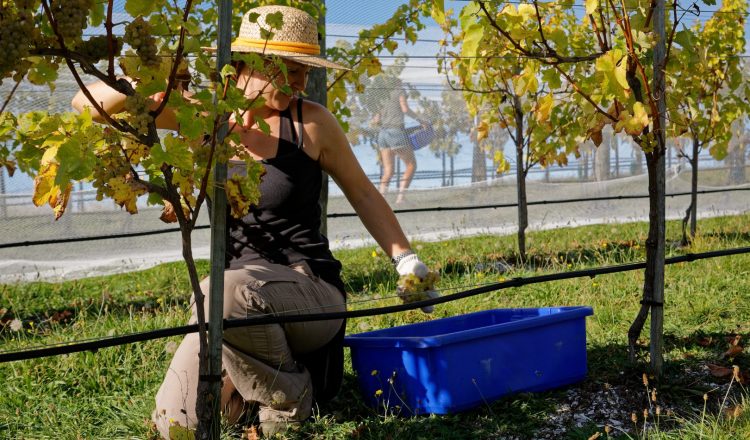자원봉사
자원봉사는 개인이나 집단이 사회봉사를 위해 시간과 노동을 자유롭게 제공하는 자발적인 행위입니다. 자원봉사자들은 그들의 일이나 서비스에 대한 대가를 기대하지도 않고 바라지도 않습니다.
보통 자원봉사자라면 자선 가게에서 자원봉사를 하거나 나무를 심는 사람들입니다. 다만 경력을 쌓기 위해서나 무급 인턴 제도 등 그 경계가 다소 모호해지기도 합니다.
자원봉사자는 직원이 아니기 때문에 보건안전법 한 가지만 제외하고 노동법 적용을 받지 않습니다.
만약 고용주가 자원봉사자에게 돈을 지불한다면 그 사람은 직원으로 분류되어야 합니다. 근로계약을 맺고 최저임금이라도 지급해야 한다는 뜻입니다. 그러나 자원봉사자는 다음과 같은 형태의 급여를 받을 수 있습니다.
- 봉사활동 수행 시 발생한 비용에 대한 보상
- 기부금 또는 사례금(koha or honoraria)
- 일을 통해 얻는 개인적인 만족감
직무 경력이 있는 사람에게 고용주가 돈을 지급하지 않는다고 하면 해당 사람을 자원봉사자로 지정해야합니다.
- 해당 업무 담당자가 자원봉사자 직책임을 명확히 하고 그 사람이 급여나 다른 보상을 기대하지 않는다는 것을 서면으로 확실히 해두어야 합니다.
- 자원 봉사자는 어떠한 급여도 받지 않습니다.
- 자원봉사자가 맡은 일에서 경제적 수익을 주지 않습니다.
- 자원봉사에게 직원이 해야할 필수 업무를 맡기지 않습니다.
- 자원봉사자가 일하는 기간과 일하는 시간을 제한합니다. 봉사를 오래, 더 많은 시간을 내어 일할수록, 직원이 될 가능성이 높아집니다.

















































